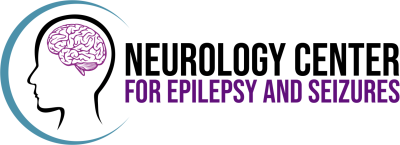Is your child struggling in school despite additional support or interventions? Academic challenges can sometimes…

What Are the Different Types of Vertigo
Vertigo is a condition that can make you feel like you have motion sickness, even when you are sitting still. People can experience dizziness, disorientation, and nausea. Vertigo can also make walking difficult and make it feel like the world is spinning. Vertigo is not a medical condition. Instead, it is a symptom of several different potential medical issues. Understanding the different types of vertigo can help you deal with episodes and get to the root of the causes.
There are two different types of vertigo: central and peripheral. Issues in the brain or brain stem cause central vertigo. Problems in the inner ear cause peripheral vertigo. Most cases of vertigo are peripheral vertigo.
Peripheral vertigo is relatively common. In your inner ear, you have semicircular canals known as vestibular labyrinths. They send messages about your head position to the brain. If something is wrong with this area, it can send the wrong messages to the brain. Several things can cause this misfire.
The most frequent cause of vertigo is benign paroxysmal positional vertigo (BPPV). We all have tiny crystals inside our inner ear canals. If these crystals get dislodged, they can stimulate hair in the inner ears. That stimulation sends confusing signals to the brain. Labyrinthitis involves inflammation of the labyrinth and vestibular organs, which can lead to temporary vertigo. Vestibular neuritis affects the vestibular nerve, which connects the inner ear to the brain. Vestibular neuritis may also include vomiting, nausea, and jumping eye movements. Meniere’s disease may have hearing loss in one ear and vertigo. Medications and injuries can also cause peripheral vertigo.
Central vertigo indicates an issue in the brain or brain stem. It can be the result of a variety of diseases or injuries. Some potential causes include strokes, multiple sclerosis, medications, alcohol, recreational drugs, tumors, vestibular migraine headaches, and blood vessel disease.
Because vertigo has several causes, there are several potential treatments. Treatment will generally begin with an assessment, so your healthcare professionals can try to determine a cause. They will then focus on treating the cause, not just the symptom. One popular treatment for vertigo is vestibular rehabilitation therapy, which focuses on regaining balance, stabilizing gaze, and habituation training.
If you are experiencing vertigo, the vital thing to know is that help is available. Contact us today to schedule an assessment and get started down the road to recovery.



